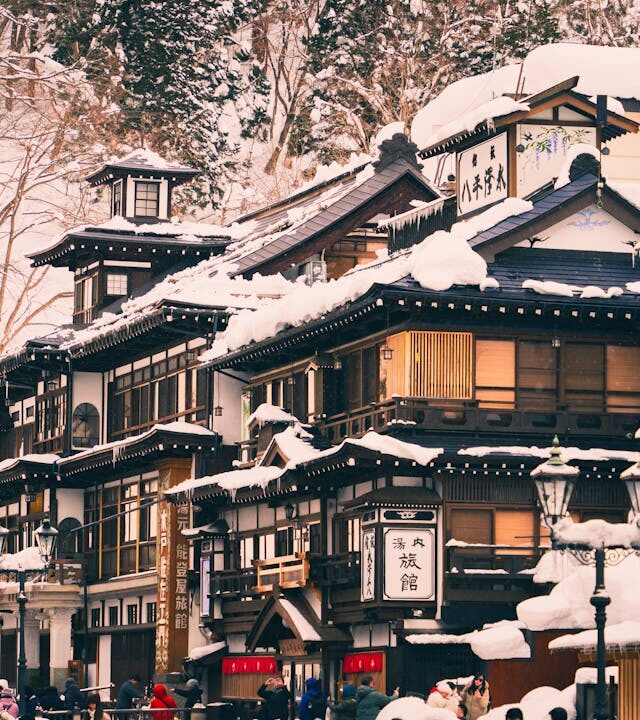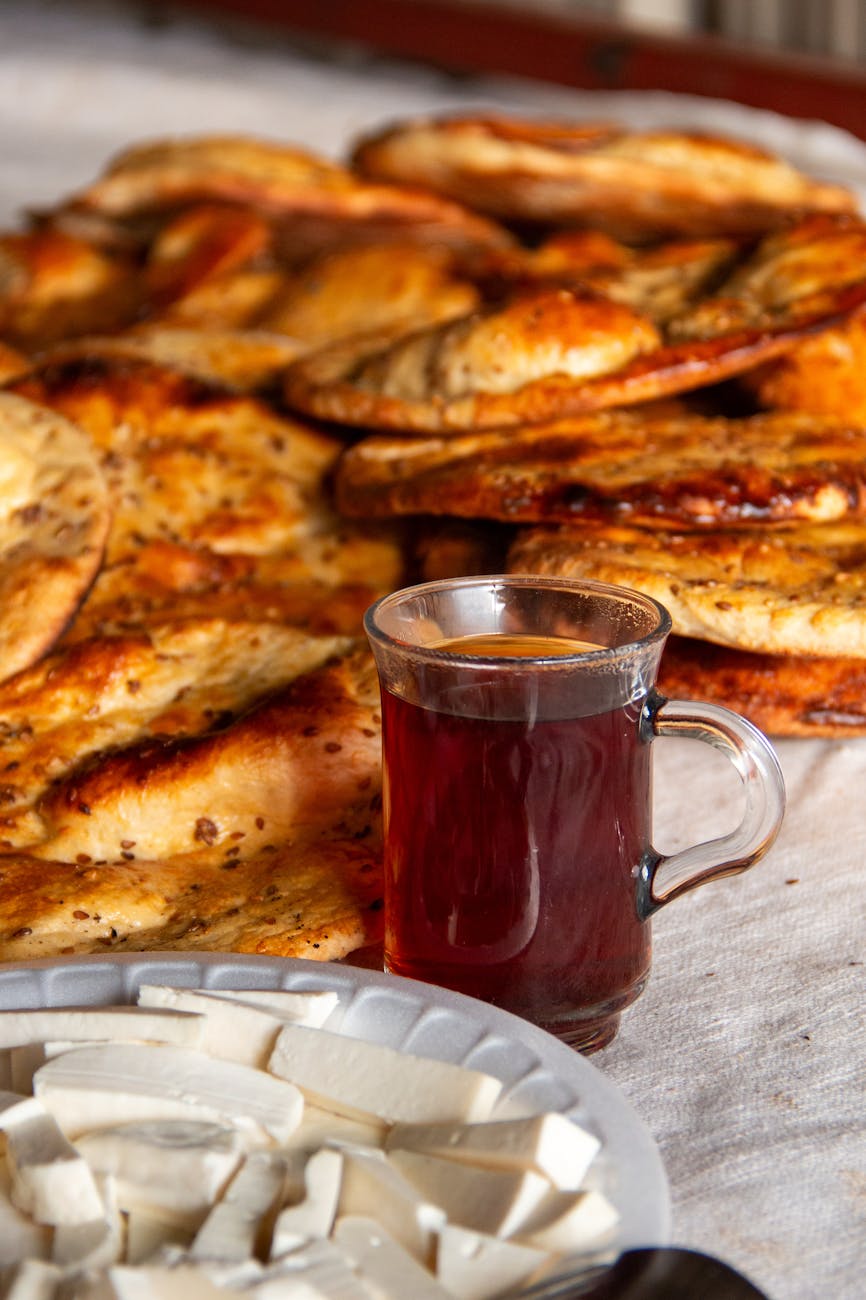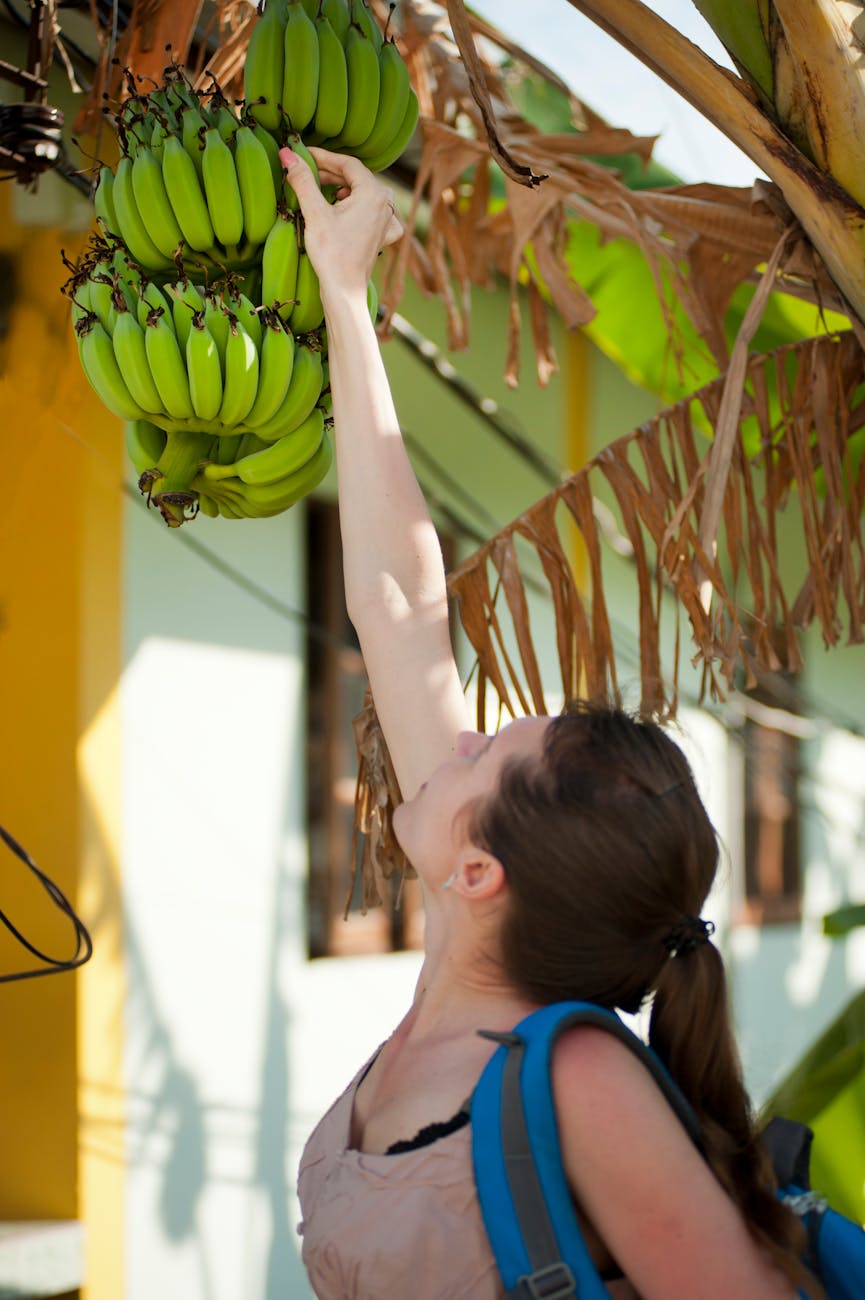Welcome to my book review corner.

Will be reviewing, ‘The Power of Your Subconscious Mind’ by Joseph Murphy.
“The Power of Your Subconscious Mind” by Joseph Murphy is a self-help book that discusses the capabilities of the subconscious mind and ways to utilize it to enhance various aspects of life.

Key aspects of the book include:
- Understanding the Subconscious Mind: Murphy explains that the subconscious mind is a powerful force that can influence our thoughts, behaviors, and outcomes. By understanding how it works, we can tap into its potential to achieve our goals.
- Positive Thinking: The book emphasizes the importance of positive thinking and how it can shape our reality. Murphy provides techniques to reprogram the subconscious mind with positive affirmations and beliefs.
- Visualization: Murphy discusses the power of visualization and how imagining desired outcomes can help manifest them. He provides practical exercises to practice visualization effectively.
- Overcoming Negative Patterns: The book offers strategies to identify and overcome negative thought patterns that may be holding us back. Murphy suggests ways to replace these patterns with positive ones.
- Healing and Health: Murphy explores the connection between the subconscious mind and physical health. He provides examples of how positive thinking and visualization can contribute to healing and overall well-being.
- Success and Prosperity: The book discusses methods for utilizing the subconscious mind to achieve success and prosperity. Murphy shares techniques to align the subconscious with one’s goals and aspirations.
Overall, “The Power of Your Subconscious Mind” is a thought-provoking and insightful read that encourages readers to harness the power of their subconscious to create a better life. It offers practical advice and exercises to help readers implement the concepts discussed in the book. If you are interested in personal development and the mind’s potential, this book is worth a read.
Joseph Murphy’s book “The Power of Your Subconscious Mind” provides techniques to manage anger and anxiety. Practical applications of the book’s concepts:
Managing Anger:
- Positive Affirmations: Use positive affirmations to reprogram your subconscious mind. For example, repeat phrases like “I am calm and in control” or “I choose peace over anger” regularly. This helps to instill a sense of calmness and control over your emotions.
- Visualization: Visualize yourself in situations that typically trigger your anger but imagine responding calmly and peacefully. This practice can help train your mind to react differently when you encounter similar situations in real life.
- Relaxation Techniques: Practice relaxation techniques such as deep breathing or progressive muscle relaxation. These techniques can help calm your mind and body, making it easier to manage anger.
Managing Anxiety:
- Positive Thinking: Replace negative thoughts with positive ones. For example, if you find yourself thinking “I can’t manage this,” replace it with “I am capable and strong.” This helps to reduce anxiety by fostering a more positive mindset.
- Visualization: Visualize yourself successfully handling situations that cause you anxiety. Imagine feeling confident and at ease. This can help reduce anxiety by creating a mental image of success and calmness.
- Affirmations for Anxiety: Use affirmations specifically designed to reduce anxiety, such as “I am safe and secure” or “I trust in the process of life.” Repeating these affirmations can help to calm your mind and reduce anxious thoughts.
- Mindfulness and Meditation: Practice mindfulness and meditation to stay present and focused. This can help reduce anxiety by preventing your mind from dwelling on past events or worrying about the future.
By consistently applying these techniques, you can harness the power of your subconscious mind to manage anger and anxiety more effectively. Remember, it takes time and practice, so be patient with yourself as you work on these strategies.
More information on any of these techniques?
Sure! Visualization is a powerful technique that can help you harness the power of your subconscious mind to achieve your goals and improve your mental well-being. Here are some detailed steps and tips on how to practice visualization effectively:
Steps for Effective Visualization:
- Select an Undisturbed Location: opt for a setting where interruptions are unlikely. This will help you focus and relax.
- Relax Your Body and Mind: Breathe deeply and relax. You can also practice progressive muscle relaxation or deep breathing exercises to calm your mind and body.
- Set a Clear Intention: Decide what you want to visualize. It could be a specific goal, a desired outcome, or a situation you want to manage better. Be clear and specific about what you want to achieve.
- Create a Mental Image: Close your eyes and create a vivid mental image of your desired outcome. Imagine it as if it is happening right now. Use all your senses to make the visualization as detailed and realistic as possible. For example, if you are visualizing a successful presentation, imagine the room, the audience, your voice, and your feelings of confidence.
- Engage Your Emotions: Feel the emotions associated with your visualization. If you are visualizing a positive outcome, feel the joy, excitement, and satisfaction. Emotions play a crucial role in making the visualization more powerful and effective.
- Repeat Regularly: Practice visualization regularly, ideally daily. Consistency is key to reprogramming your subconscious mind and making the visualization more effective.
Tips for Effective Visualization:
- Be Consistent: Practice visualization at the same time each day to create a routine. This will help you make it a habit and increase its effectiveness.
- Stay Positive: Focus on positive outcomes and avoid negative thoughts. Positive visualization helps to reinforce positive beliefs and attitudes.
- Use Affirmations: Combine visualization with positive affirmations. For example, while visualizing a successful outcome, repeat affirmations like “I am confident and capable” or “I achieve my goals with ease.”
- Keep a Journal: Write down your visualization experiences and any progress you notice. This can help you track your progress and stay motivated.
- Be Patient: Visualization takes time and practice. Be patient with yourself and trust the process.
By incorporating these steps and tips into your visualization practice, you can effectively harness the power of your subconscious mind to achieve your goals and improve your mental well-being. Visualization can be a powerful tool for managing stress, anxiety, and other challenges, helping you create a more positive and fulfilling life.
Would you like more information on any specific aspect of visualization?
Combining visualization with mindfulness can be a powerful way to manage anxiety and enhance overall well-being. Here are some steps to help you integrate these two techniques:
Steps to Combine Visualization with Mindfulness:
- Select a Quiet Location: opt for a location that is quiet and comfortable, where interruptions are unlikely. This will help you focus and relax.
- Begin with Mindfulness: Start by practicing mindfulness to bring yourself into the present moment. You can do this by focusing on your breath, observing your thoughts without judgment, or paying attention to the sensations in your body. The goal is to become fully present and aware.
- Set a Clear Intention: Decide what you want to visualize. It could be a specific goal, a desired outcome, or a situation you want to handle better. Be clear and specific about what you want to achieve.
- Create a Mental Image: Close your eyes and create a vivid mental image of your desired outcome. Imagine it as if it is happening right now. Use all your senses to make the visualization as detailed and realistic as possible. For example, if you are visualizing a successful presentation, imagine the room, the audience, your voice, and your feelings of confidence.
- Engage Your Emotions: Feel the emotions associated with your visualization. If you are visualizing a positive outcome, feel the joy, excitement, and satisfaction. Emotions play a crucial role in making the visualization more powerful and effective.
- Stay Present: While visualizing, maintain a mindful awareness of the present moment. If your mind starts to wander, gently bring your focus back to your breath and the visualization. This helps to keep you grounded and fully engaged in the process.
- Repeat Regularly: Practice this combined technique regularly, ideally daily. Consistency is key to reprogramming your subconscious mind and making the visualization more effective.
Tips for Effective Practice:
- Be Consistent: Practice at the same time each day to create a routine. This will help you make it a habit and increase its effectiveness.
- Stay Positive: Focus on positive outcomes and avoid negative thoughts. Positive visualization helps to reinforce positive beliefs and attitudes.
- Use Affirmations: Combine visualization with positive affirmations. For example, while visualizing a successful outcome, repeat affirmations like “I am confident and capable” or “I achieve my goals with ease.”
- Keep a Journal: Write down your experiences and any progress you notice. This can help you track your progress and stay motivated.
- Be Patient: Visualization and mindfulness take time and practice. Be patient with yourself and trust the process.
By incorporating these steps and tips into your practice, you can effectively harness the power of your subconscious mind to manage anxiety and create a more positive and fulfilling life.
Please share your thoughts on this …in the comments section below.
———————————————————————————————————















